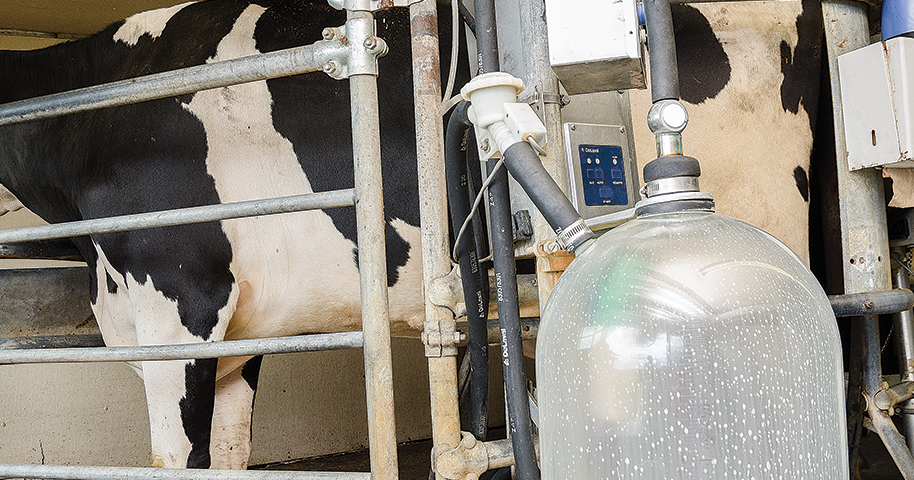
Milk producers are likely to have another bumpy ride as they travel through 2024.
“Market chaos is the new normal,” Ben Buckner, market analyst for Ag Resource, said at the 2024 Illinois Dairy Summit in Freeport. However, he did offer a sliver of hope that tight dairy herd numbers limiting supply may boost milk prices at some point this year.
“We have solved some issues,” he said, although concern about the wars in Ukraine and Middle East add to the uncertainty. “Geopolitical risks have never been so high.”
That combines with uncertain weather. “There is a lot of forward risk with weather,” he said. “It’s all Mother Nature, especially the feed markets.” Eyes continue to be on South American weather as Brazil and Argentina remain top competitors for corn and soybean exports.
With all that chaos, Buckner still offered cautious optimism for milk prices at the summit themed “planning for uncertain margins in the dairy industry.” While farm markets are exiting out of a bullish period of strong prices in 2023, tight supply might edge milk prices up at times again this year, he said.
Buckner believes feed costs could ease as corn prices retreat from levels experienced in recent years.
While demand for soybeans may not be as high as initially suggested with the potential demand for renewable diesel countered by lower exports, that market could remain “choppy” and below levels experienced in recent years.
At the same time, the labor market remains tight with fewer and fewer workers. Labor costs will remain high. Food prices have risen and “inflation is sticky” he said. And, there is concern that consumers can’t afford as much.
However, the demand for butter is strong with potential for a bull market. “Despite high prices, butter consumption is not down,” he said. U.S. butter prices are historically high, but not compared to the global market.
“The U.S. is competitive again,” Buckner said.
U.S. cheese is also finding demand in the world market. “Can we produce enough?” asked the analyst, who noted dairy production is down in Europe and New Zealand.
The dairy market must also contend with a shrinking herd.
“The cow herd is the smallest in three years,” he said, adding that he doesn’t think there will be growth this year. It mirrors the beef market’s decline in supply.
Currently, the supply of replacement heifers is down. “We don’t think the dairy herd will grow,” he noted.
While producers have eyes on the future, they are also looking at the present with the failure of a new farm bill to pass in 2023.
Tasha Bunting, director of commodity programs and food systems for Illinois Farm Bureau, expects more news later this month or early in March about when producers can apply for the Dairy Margin Coverage (DMC).
The DMC payments will be retroactive, said Bunting, who also serves as manager of the Illinois Milk Producers Association. “(The Farm Service Agency) said we should know more by the end of the month.”



